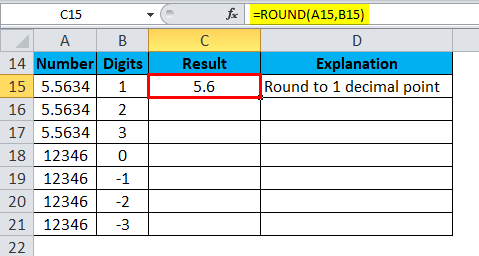

If you don’t use a string, you can multiply x by the power of 10^(n-1), then round up (or judge whether the decimal part is greater than 0.5, if it is greater, remove the decimal and add 1 otherwise remove the decimal), and then divide by 10^(n-1) ) Power. If it should be called, it is round(x,n-1). But he didn't give too many test examples, but his test example input the number returned by n with only n-1 digits after the decimal point. The first method is to directly call round(x,n) without talking about martial arts, and the second Just write it yourself. The function in the copy he gave should be changed to its designated function name myroundn.

Let’s write a function to implement round(x,n). function y = myround(x,n)Įnd IX Problem 43278. To round a floating-point number to n decimals, use round(x,n), but the disadvantage of this problem is that if n is less than 4, 0 will be added to the end to make 4 numbers after the decimal point, such as:īut because it is not a string returned, adding a few 0 values is the same and does not affect the test. There are 2 inputs to the function: x: floating point number and n: number of decimals which need to match with the given solutions. Inspired by a mistake in one of the problems I created, I created this problem where you have to round off a floating point number to n decimals. function y = round_ten_thou(x)Įnd Question 8 Problem 2120. It is equivalent to rounding to a multiple of 10000, which can be divided by 10000 and then rounded and multiplied by 10000. Write a script to round a large number to the nearest 10,000Į.g. function y = round_3_d_p(x)Įnd Question 7 Problem 2867. fprintf() will be displayed directly on the command line without returning any results. The valid number can be vpa, if it is directly three numbers, you can use sprintf('%.3f',x) to return a string format, and then convert it to a numeric value. This was used in the previous undergraduate completion: Keep three digits after the decimal point for x (not a significant number, so it should be 1.000 for 1).

Plot(2.I want to round 0, that is, if it is a positive value, round down (floor), if it is a negative value, round up (ceil) I increased the size of the x vector to be rounded, using the timeit function for timing. As you asked for the fastest method, I've put together a quick benchmark of the top 3 truncation methods currently answered here.


 0 kommentar(er)
0 kommentar(er)
